Are you ready to learn everything you need to know about teaching the Rules for Adding Suffixes to Words? Hang on, because that’s what this video series is all about!
With videos and free printables each week, it will be similar to our popular video series on Teaching Syllable Types.
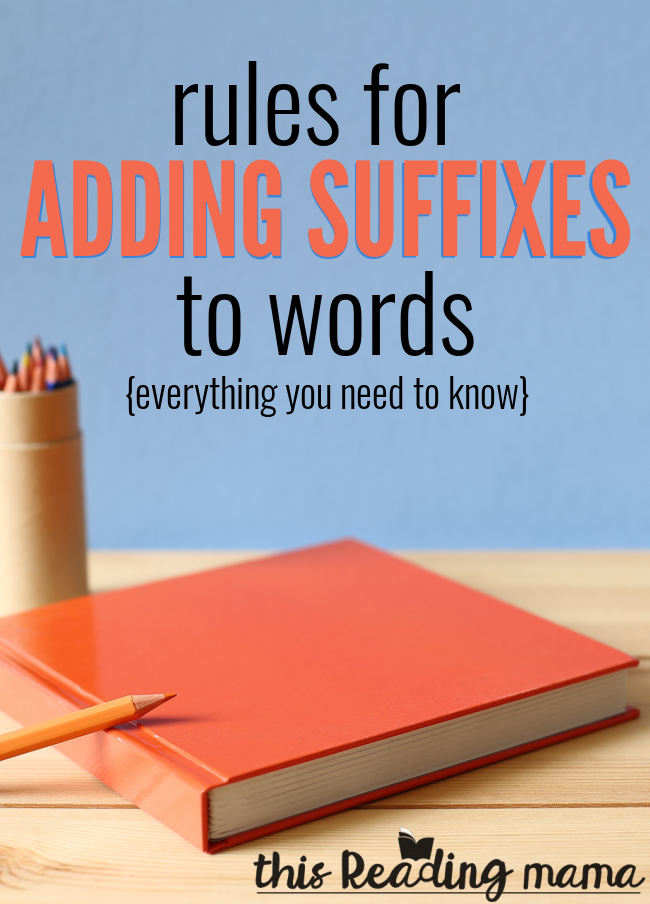
Before we dive in too far, I wanted to spend some time today defining some terms and explaining why all of this is important to our readers and spellers.
Rules for Adding Suffixes to Words
First, let’s quickly define a three terms just to be sure we’re all on the same page.
1. Suffixes – Suffixes are parts of a word that are adding to the end of a base or root word. Suffixes add or change the meaning of the base word. For example, in the word jumped, jump is the base word while ed is the suffix. In this example, the suffix tells you that the action {jump} was done in the past.
The most common suffixes are the inflected endings: -s, -ed, -ing, and -es.
2. Vowel Suffixes – Vowel suffixes start with a vowel. These can be the trickiest to add onto words because they have more rules associated with them. {We’ll explore this in more detail later in this series.} Some examples of vowel suffixes include, but are not limited to, -ing, -ed, -ish, -er, and -able.
3. Consonant Suffixes – Consonant suffixes starts with a consonant. These include suffixes like -less, -ful, -ness, and -ly.
Watch the YouTube Video:
Why do Kids Need to Learn these Rules Anyway?
Believe me when I say that teaching these rules is not a waste of your time. As a matter of fact, you’ll find it’s quite the opposite. Breaking down the steps of spelling and decoding words with suffixes is important for ALL our learners, especially our struggling learners.
Let’s three important reasons kids need to learn these rules:
The first reason kids need to learn these rules is that they are consistent rules. Although nearly every rule has exceptions, rules for adding suffixes to words is pretty reliable. That’s good news!
The second reason these rules are important is that they help learners break apart longer words into chunks to decode them easier and faster. For example, if a learner comes across the word smiled, they can be taught to look for the -ed chunk as they decode it. They can also be aware of the e-drop rule, which means that the vowel is a long i, not a short i.
The third reason learning these rules is important is that they help learners spell words. For example, if you’re trying to add -ing to shop, knowing the y to i rule helps learners spell shopping, not shoping. {This is known as the 1-1-1 doubling rule, which we’ll get to!}
Rules for Adding Suffixes Links:
Click on the images OR the links below to find the posts, videos, and free printables from this six-part series.
- Rules for Adding Suffixes to Words Intro
- Adding –s or –es to Words
- Doubling Before Adding Vowel Suffixes {1-1-1 Words and More}
- The e-Drop Rule
- Adding Suffixes to Words Ending with y
- Doubling Two-Syllable Words
Enjoy teaching!
~Becky
You Might Also Like our Video Series for Teaching Syllable Types!
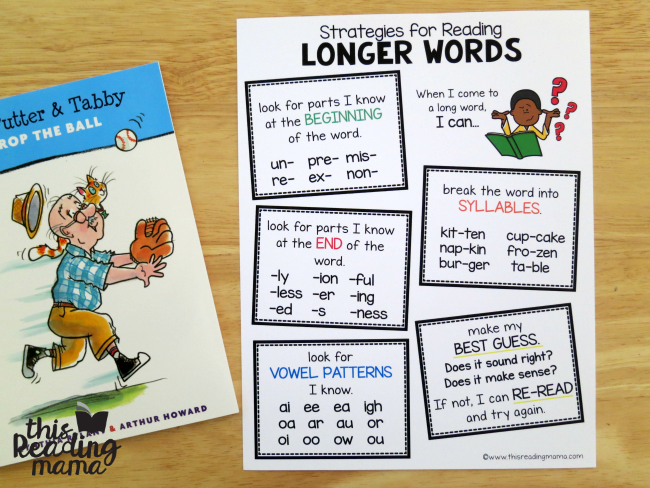

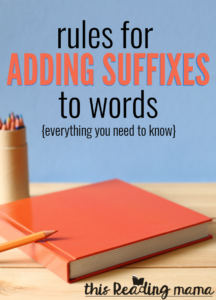
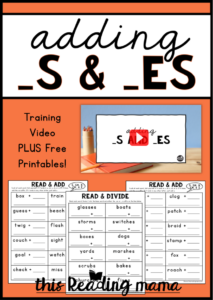
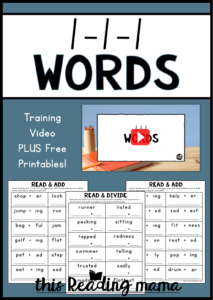
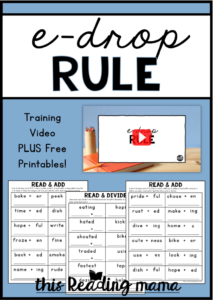
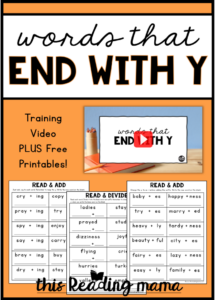
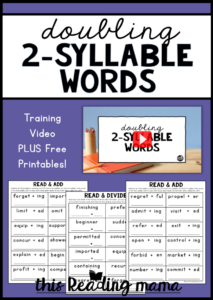
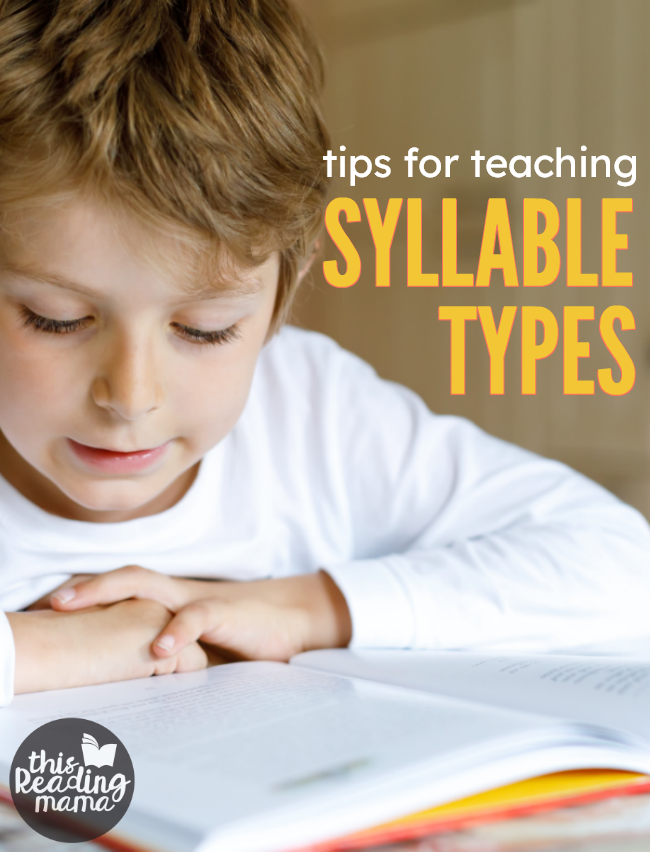
Wonderful.. It will help me to explain to my students more easily..